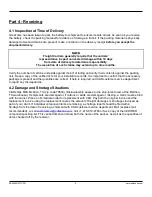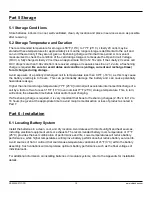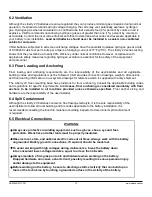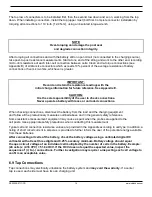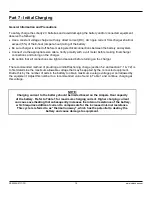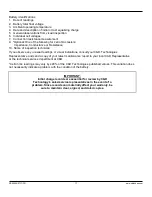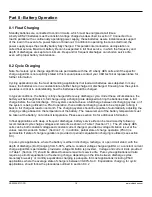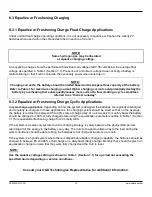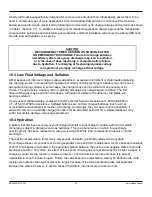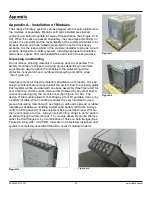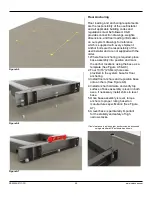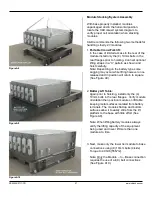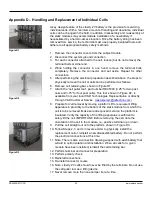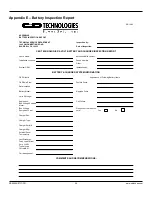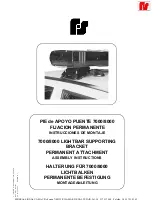
RS02250/0717/CD
23
www.cdtechno.com
Liberty AES cells are specifically designed for cycle service and while their robust design allows them to be
used in numerous types of cycle applications from mild shallow DoD service to continuous PSoC service,
battery service life can be maximized by following recommended cycle charge voltages and currents as shown
in Table 1 (Section 7.1). In addition, following recommended equalization charging procedures, temperature
compensation guidelines and maintaining accurate SoC and DoD limitations will ensure the Liberty AES cells
provide long and reliable cycle service.
CAUTION:
RECHARGE BATTERIES AS SOON AS POSSIBLE AFTER
AN EMERGENCY DISCHARGE. Failure to recharge batteries
immediately after emergency discharge may lead to sulfation,
or in the case of deep discharge, a complete battery failure
due to hydration. If recharging at freshening/equalize voltage
is impractical, promptly recharge at float voltage.
10.3 Low Float Voltage and Sulfation
Either because of incorrect charger voltage adjustment, excessive intermittent or static loads paralleling
the charging source, low operating temperature or simply not fully recharged; a battery may not receive
adequate charging voltage. In some cases, the charger may even be turned off, erroneously or by
choice. The net result is a battery left in a partially discharged or undercharged condition. The first
observable signs may be erratic cell voltages. Although not visible to the observer, the plates will
become sulfated.
If you suspect sulfated plates, contact the C&D Technical Services Department 1-800-543-8630 or
(+1) 215-619-2700 for assistance. Sulfated batteries are not fully charged batteries thus have not
completed the electrochemical reaction of recharge. Accordingly, they will have reduced capability. If
allowed to remain in a partially charged condition for an extended period of time, sulfated batteries may
suffer irreversible damage, requiring replacement.
10.4 Hydration
A battery that has been severely over-discharged and left in a discharged condition without immediate
recharge is subject to damage known as hydration. This is a phenomenon in which the electrolyte
specific gravity has been reduced to a value so low it permits the lead components to dissolve into the
electrolyte.
The reaction of dissolution forms many compounds and salts, generically referred to as hydrate.
On recharge these compounds react to clog separator pores and form metallic lead. As time passes thousands
of short circuit paths are created in the separators placed between the positive and negative plates to provide
electrical insulation. Very often, the effect of these short circuits goes unnoticed except for a slight increase in
charging current. As the reaction continues, however, short circuits become so extensive it is almost
impossible to keep the cells charged. Finally, the cells experience total failure. Liberty 2V batteries are more
resistant to hydration than typical wet cells, largely because of the thick absorbent glass mat separator
between the plates. However, in severe cases of hydration, internal short circuits can form.

